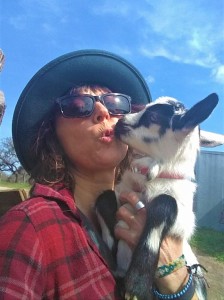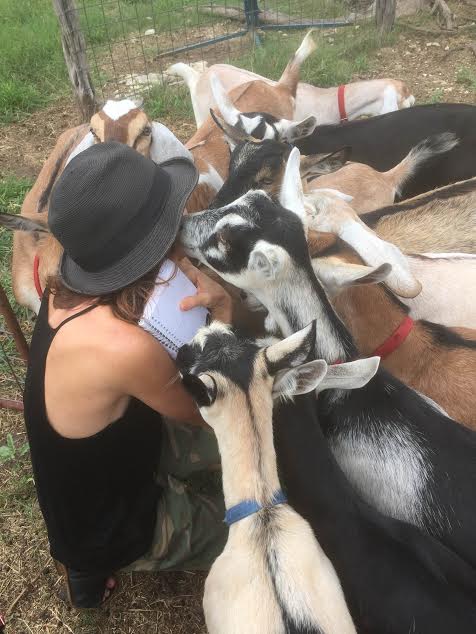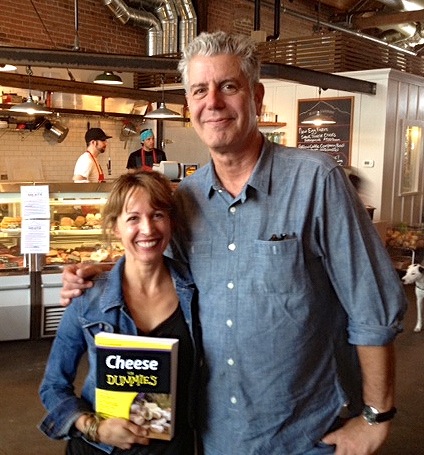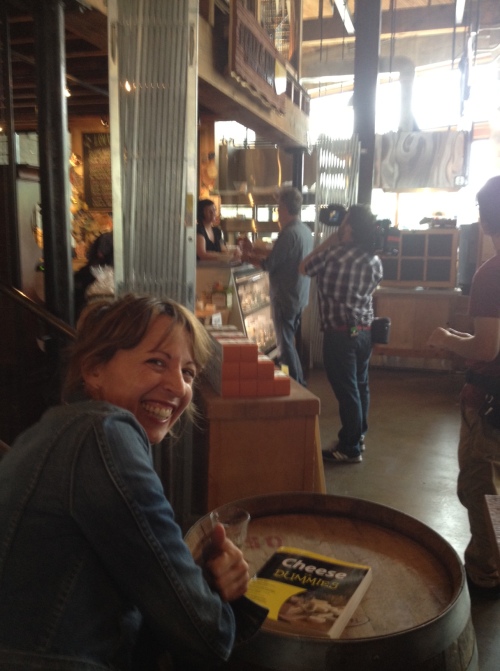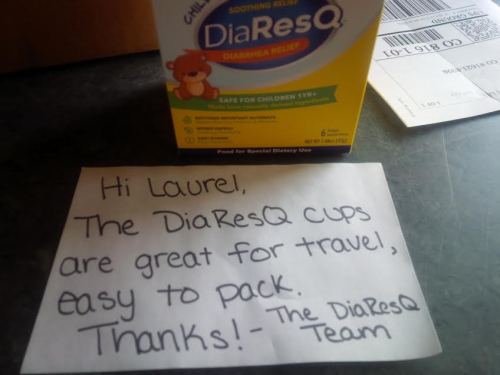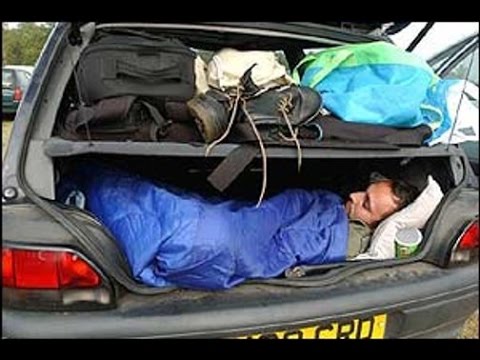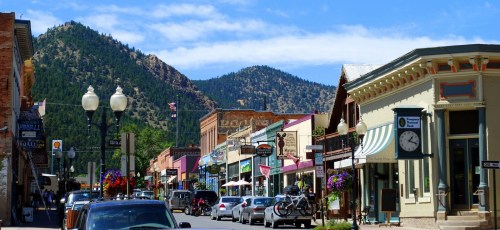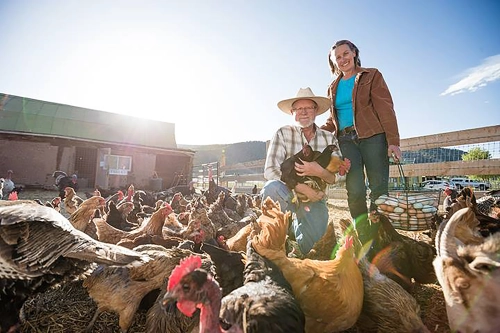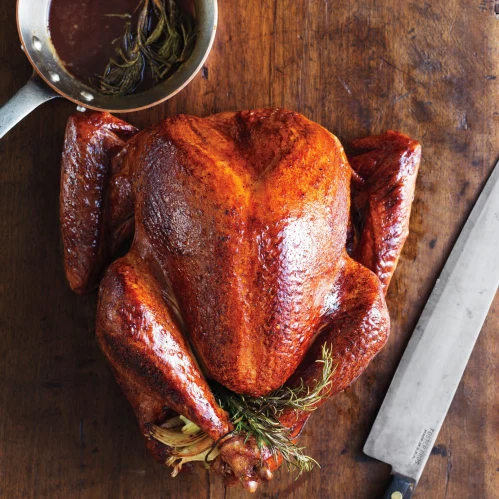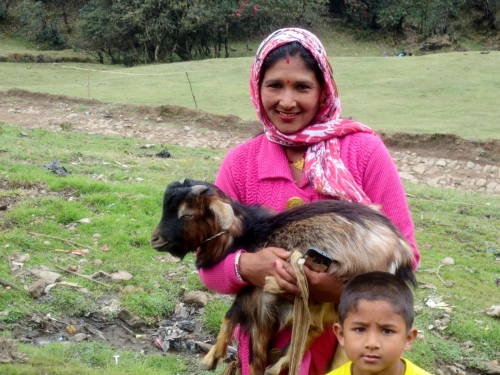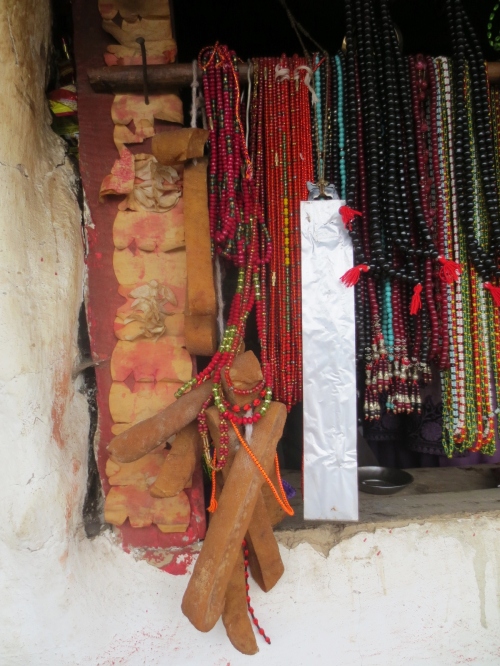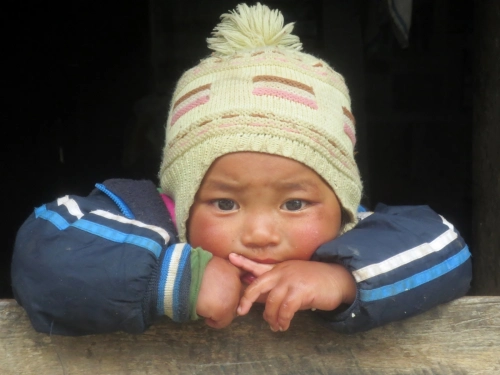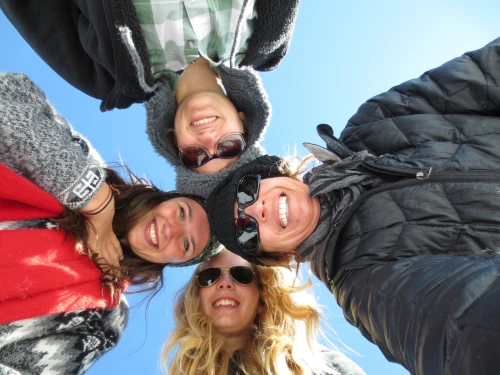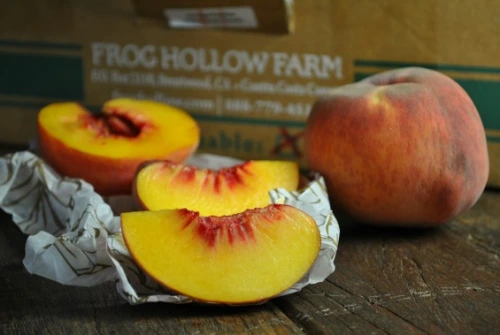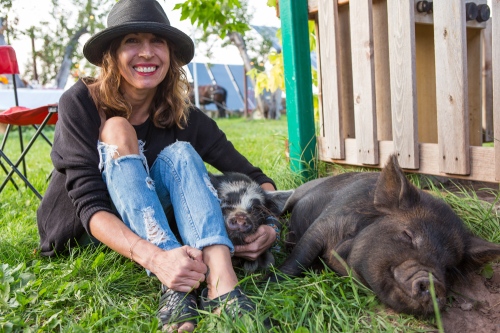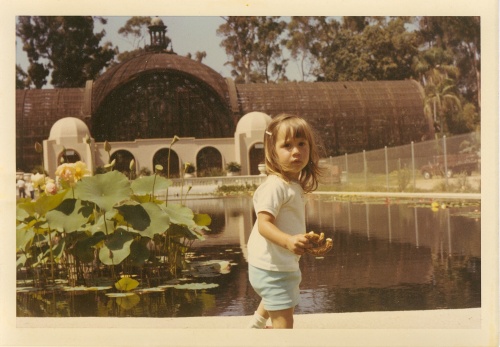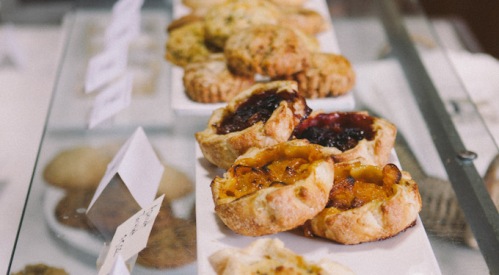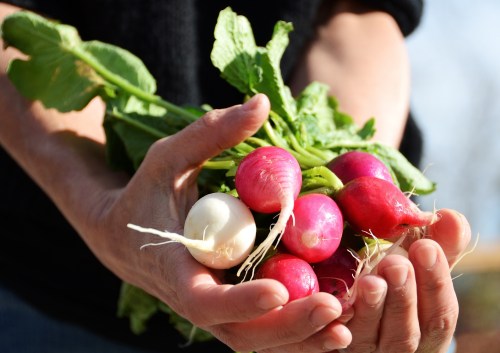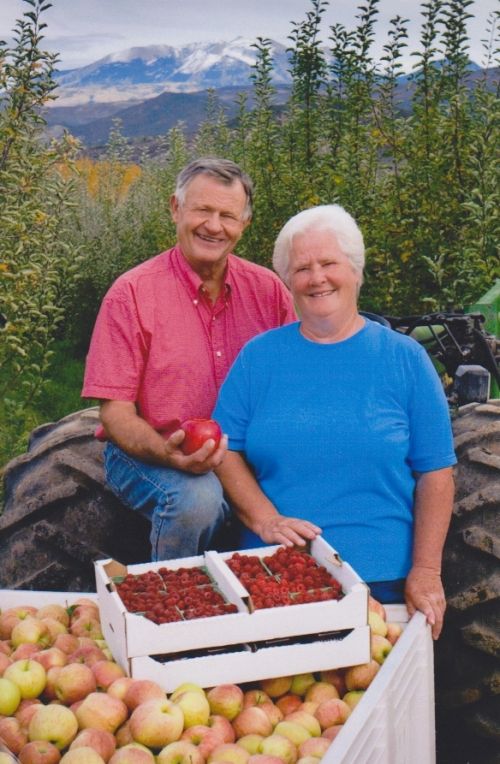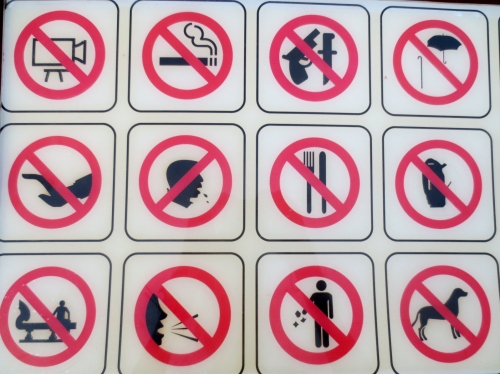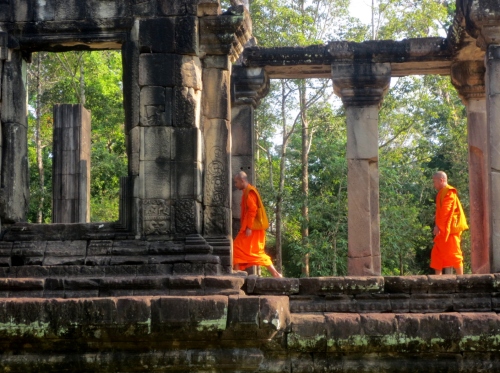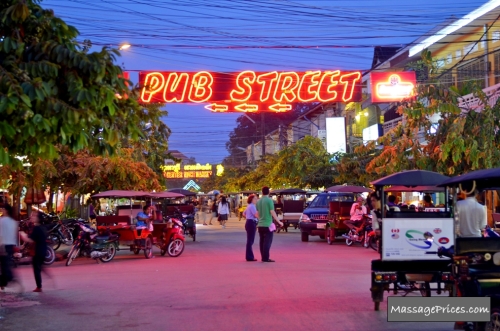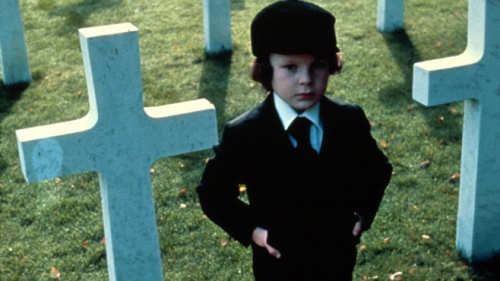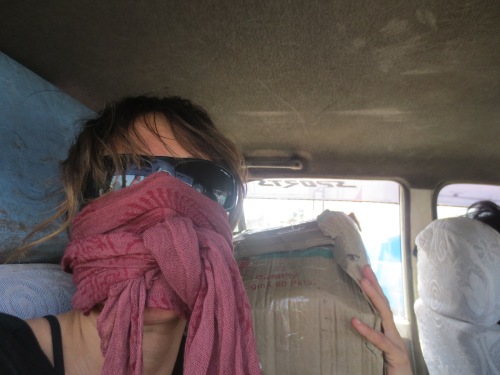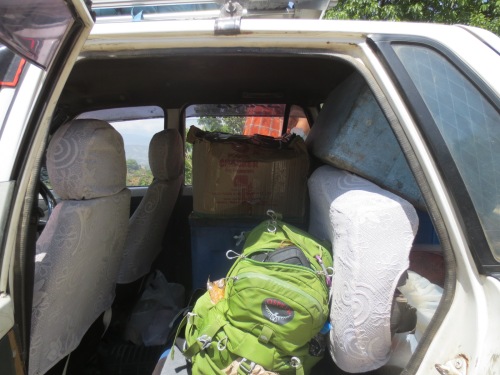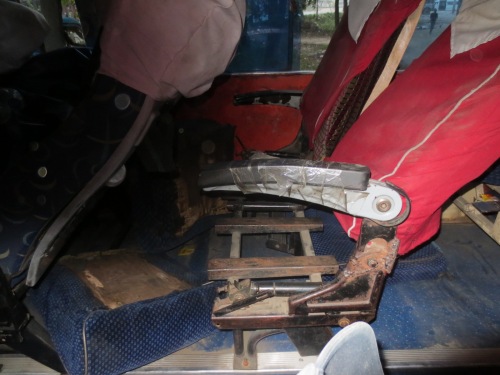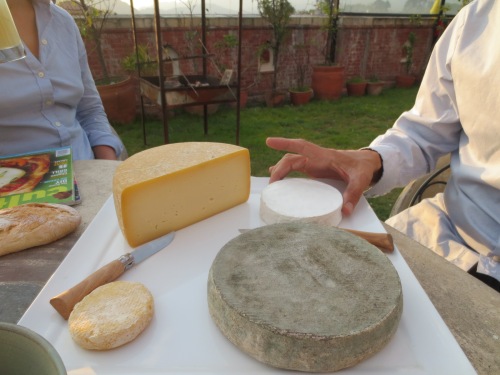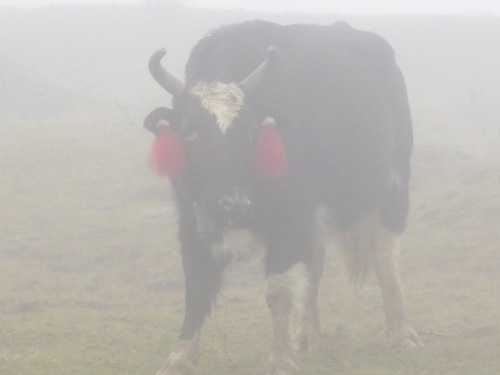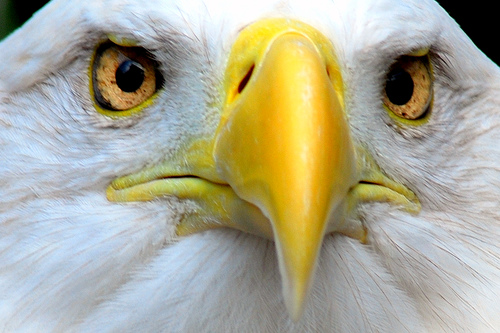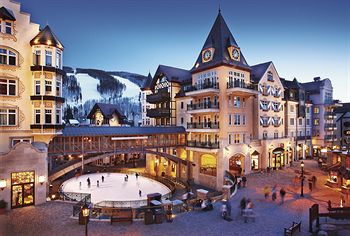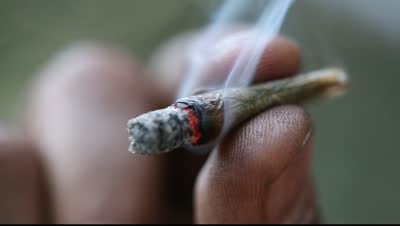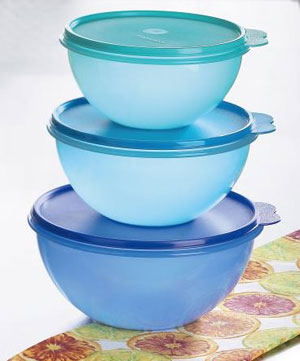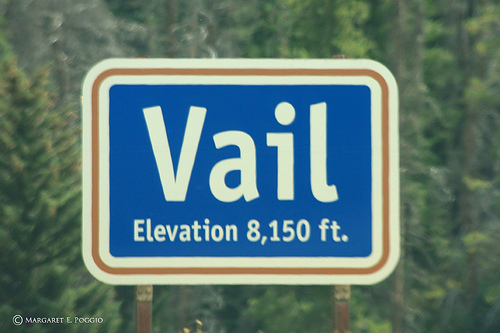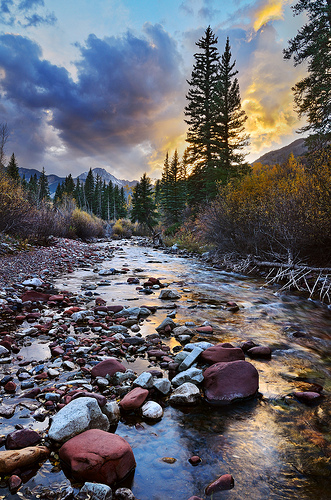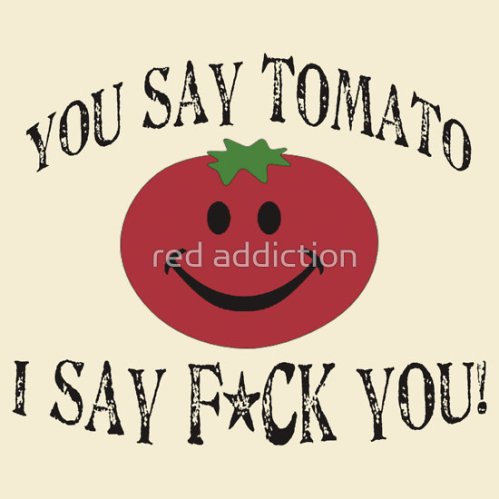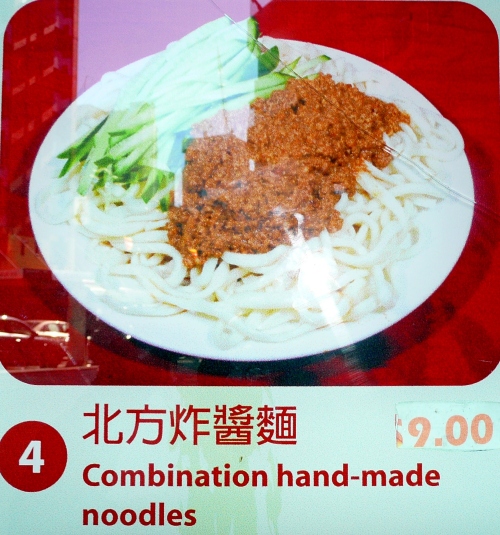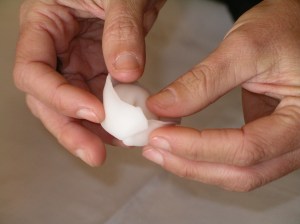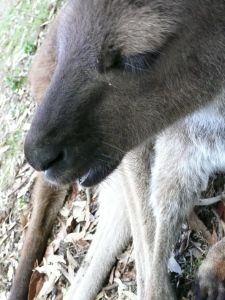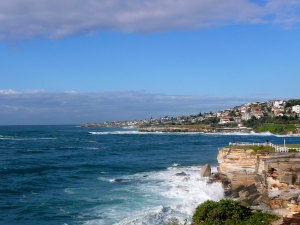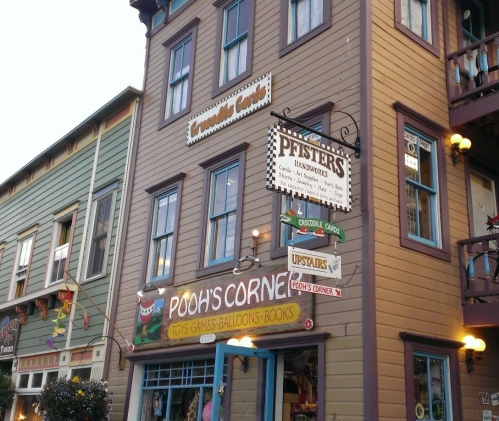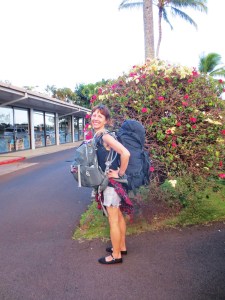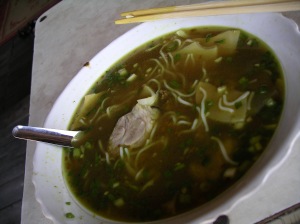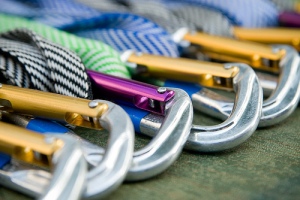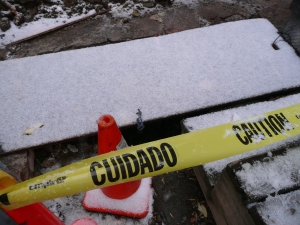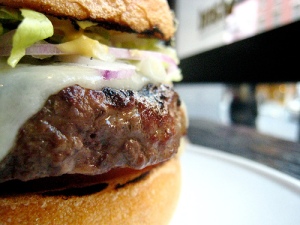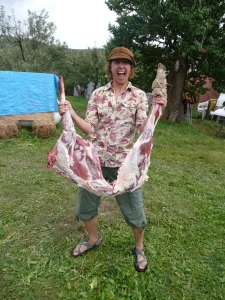
People (and by “people,” I mean, friends, visitors to my home, landlords, and former boyfriends) often ask me, “Laurel, why are you such a freak? What is it that compels you to collect animal skulls and other skeletal fragments?” The former boyfriends are also wont to comment, “Laurel, your obsession with true crime and willingness to participate in livestock and poultry slaughter frightens me.” Anyone who knows me is aware that I’m impervious to animal urine, shit, vomit, and roadkill. Changing a diaper? Hells no. Curing the skull from a found deer carcass for three months as a cool “souvenir” from a summer living in Telluride? No problem.
From a work standpoint, my editors love that I’m also a human garbage can, willing to eat anything (sketchy street food, insects, tadpoles, animal testicles and Vietnamese dog pho). They’re somewhat baffled by my enthusiasm, but as long as it results in a good story, they’re cool with it.
I’ve given my strange proclivities a lot of thought, and the only source of blame I can point to is my dad, Dr. Robert M. Miller, aka RMM, Bob, or “Doc.” Most people assume that being the child of a veterinarian (a large and exotic vet, at that) isn’t all that different from having a parent who’s an MD, if they think about it at all.
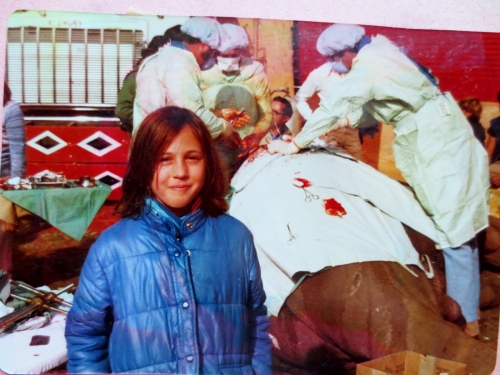
At the castration of a circus elephant. I was allowed to miss school for this.
Nothing could be further from the truth. When your dad is a large animal vet, you grow up with a very skewed idea of normal. My older brother and I never got the birds-and-the-bees talk, but by first grade, I knew what AI (artificial insemination) was, and how it’s done. One of my favorite pastimes was hanging out at my dad’s clinic, gaping at what my sibling and I dubbed “The Shelf of Horrors.” It was stocked with dozens of jars of formaldehyde-pickled specimens: Horse fetuses, a two-headed calf fetus, and other pre- and post-natal abnormalities and floaty bits and pieces. It both fascinated and repelled me, but I know I spent more time there than was probably healthy for a formative mind.
I started going on calls with my dad at age five. As a result, I became very cavalier about removing stiches, loading syringes, fetching drugs and supplies, watching rectal palpations (I was in my late teens before I realized what K-Y jelly was really used for), and assisting with surgeries and necropsies (the animal version of an autopsy). On one occasion, we necropsied one of my prized 4-H show rabbits, which were all dying of a horrific mystery disease. We were told to send their eyelids to the UC Davis vet school for pathology. The results came back positive for myxomatosis, a deadly virus amongst wild rabbits that hadn’t been seen in California since the 19th century. As a result, my family obtained the first trial vaccines in the U.S., which were, er, gifted us from a French veterinarian. My dad also administered my family our annual flu shots- as a kid, I had a deathly fear of needles, and one year, fed up with my whining, he injected himself in the thigh with a horse syringe. “Look!” he shouted. “Do you see me crying?” Needless to say, I got over it.
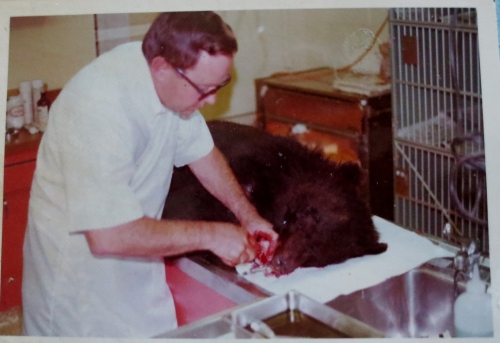
A bear with a bit of a toothache.
I mention all of this because on July 18, my 87-year-old father required open heart surgery to replace the defective aortic valve he didn’t realize he had. I flew from Colorado to the small Southern California ranch where I grew up, and my brother and his family came down from Lake Tahoe. The night before his operation, Dad played his harmonica while my 18-year-old nephew accompanied him on acoustic guitar. We were all extremely concerned about the procedure, mostly due to Dad’s age, despite his active lifestyle and overall good health. He sailed through the surgery, but at 3am, we received a call from the hospital that he had pulmonary edema and unexplained bleeding, and was being rushed back into surgery for what turned into a second open heart operation to replace his mitral valve.
Since the initial surgery, Dad has been heavily sedated, because he keeps trying to remove his trach tube and IVs (we’d expect nothing less; he’s a feisty SOB). While he hasn’t actually been conscious during our visits, he’s responded to some questions with hand squeezes (most notably, “Are you ready to go to Hawaii?”). He’s scheduled to lecture at the Hawaii Horse Expo next month, and canceling isn’t an option, as far as he’s concerned.
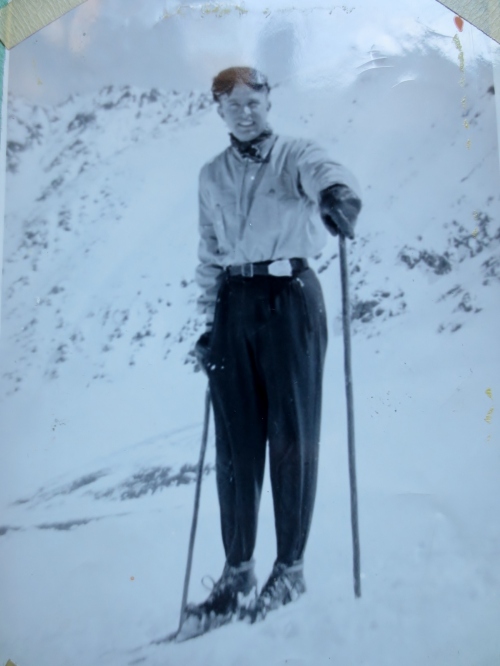
Hitting the slopes in the early 50s
Dad has, in fact, cancelled only two speaking engagements in his 50-year-plus career. The first was when I was born, three weeks early (something I’m still getting grief about from both parents; my untimely arrival forced them to cancel their annual veterinary ski meeting), and this week’s seminar at the AVMA conference.
Over the past decade, Dad has had more surgeries than I can readily count (mostly to replace/ remove/repair failed body parts, including a hip, knee, ankle, cataracts, some vertebrae, his appendix and gallbladder, and in the most extreme instance, drain two liters of blood from a subdural hematoma that was the result of a four-month-old concussion). The latter nearly killed him while he was in the midst of judging a horse show; after months of worrisome decline, he called me minutes post-op and sang out, “I feel 30 years younger!”
The point I’m trying make is that the man is a freak of nature, a cyborg who, were it not for his fused ankle, would still be skiing with my 81-year-old mother. A world-renown equine vet and behaviorist, he rises at dawn every morning to write or cartoon (he’s the author of over a dozen books on horses and eight rather warped cartoon books, has been contributing to veterinary journals and equine publications for over 50 years, and is probably the only living journalist who can get away with submitting longhand, as he doesn’t know how to type). He rides and swims daily, and still travels all over the world lecturing on natural horsemanship and equine behavior. If he were wont to use such language, he’d say, “Retirement is for pussies.”
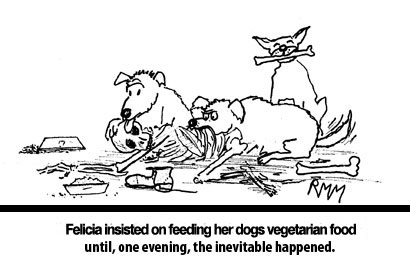
My fave cartoon was the December cover of a vet journal, which depicted a St. Bernard on a roof, eating a reindeer carcass. PETA sent hate mail (for reals).
Last night at the hospital, my mom and I received the first truly encouraging news we’ve had since the second surgery. Once a day, Dad’s care team wakes him up and performs neurological and brain function tests. Gaby, our favorite nurse, told us, “Everything looks good; his behavior is normal, except that today, he indicated he wanted to write. We gave him a pen and paper, and he drew an unintelligible doodle.” Her brow wrinkled, indicating that perhaps there was a bit of brain damage, after all.
To the contrary, this was the best possible indicator that all was well in Dad’s mind, beneath the fog of Propifol (what Gaby refers to as “Michael Jackson juice.”). If he’s trying to cartoon, Dad is clearly on the mend. Since they didn’t save the scribble, I asked my mom to stand lookout while I snagged a pair of latex gloves and dug through the trash, trying to find it. We figured family friends would find it as hilarious as we did, but unfortunately, Gaby caught me. “You really don’t want to be dumpster diving in there,” she admonished, giving me a severe look.
I also need to credit Dad with my interest in eating. I mean this literally, because as a kid I only ate what my mom describes as “white foods,” with the exception of Kraft Mac & Cheese. Despite my aversion to anything not in the high-glycemic food index, when I accompanied Dad on calls, lunch was one of my favorite parts of the day.
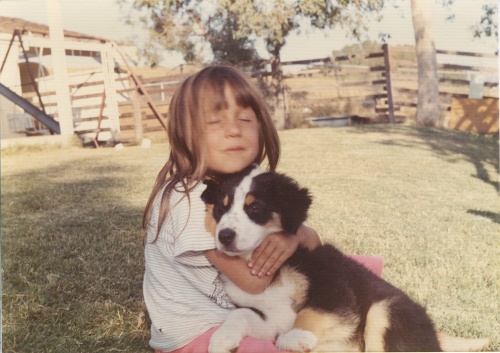
Daddy’s girl with one of our Australian Shepherd pups
Unless we had one of his assistants riding shotgun, I was always allowed to pick where I wanted to eat (We loved the stacked, bloody-rare roast beef sandwiches from a certain Calabasas deli, and the ravioli at an adjacent Italian restaurant with sawdust-covered floors). There was a Hunan dive in Woodland Hills that made amazing Mongolian beef, and a Thai place- in the late 70s a virtually unknown cuisine in Southern California- in Encino. Taquerias were the lunch stop of choice. The carne asada burritos from Somis Market were the Holy Grail for hungry large animal vets and their tiny assistants. There, I learned to like cilantro. For dessert, we’d pluck tangerines from the surrounding citrus groves. Sometimes, if it was a night call, we’d stop at Carvel Ice Cream or Farrell’s for a black-and-white sundae (ah, those blissful days, pre-lactose intolerance).
I also inherited my travel jones from my dad, who early in his career finagled ways to combine his passion for the outdoors, skiing, horses, and veterinary medicine with long plane trips. A WW II veteran from a poor family, his two years in post-Occupation Germany ignited his addiction to travel. I remind my parents of this every time they give me shit for moving (again) or taking off on an extended trip to one sketchy destination or another.
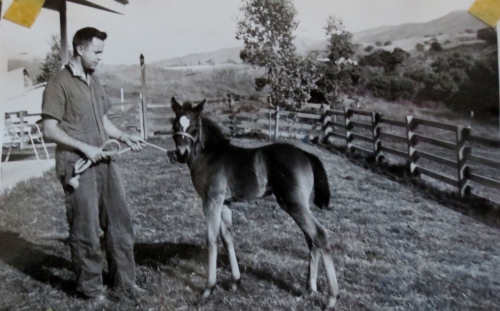
A young Doc Miller in his backyard
Family trips are what first got me to expand my limited palate. My dad took a summer sabbatical when I was 10, and we explored Europe in a borrowed camper van while he lectured at various vet schools. I tried venison, chanterelles, non-Oscar Mayer sausages, and beer for the first time. For some reason, what would have made me recoil at home was intriguing overseas, so I’d request tastes of whatever he was eating, unless it involved raw or pickled herring (something I still find repugnant).
Post-Europe, I branched out, culinarily-speaking, although I was still far from what you’d call an adventurous eater. At 11, I tried “calf fries,” aka testicles, while working a cattle drive with my parents. I described the experience thusly in an article on Santa Maria Style barbeque:
When my dad proudly presented me with a testicle taco, how could I refuse? To say no would be to disappoint the man who had given me life, himself a former wrangler. It was time to grow up, and grow a pair of my own. I grabbed the dripping tortilla and bit down….chewed…swallowed. It was good! Smoky, salty, a little bit chewy, just a touch of heat and sweetness from the salsa, the tortilla a perfect foil for the savory juices now dribbling down my chin. Yep. Tastes just like chicken.
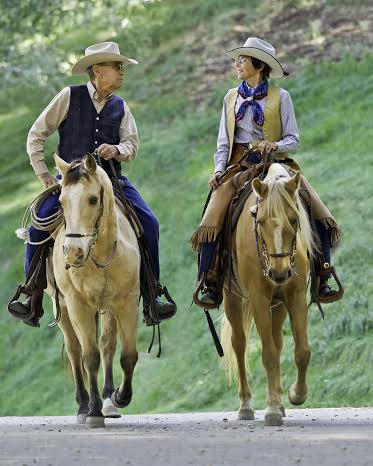
Mom and Dad, 2012
The takeaway from of all this reflection is that my dad and I are more alike than perhaps we’d care to admit. Since my adolescence, we’ve had an often-contentious relationship, mainly because we’re both stubborn as hell, tough as the proverbial rawhide, and will debate endlessly because neither of us are willing to admit defeat. It’s doubtless been a challenge for him, given his generation, to have an opinionated, foul-mouthed, dirtbag daughter entirely lacking in maternal instinct (except where animals are concerned), and for whom marriage is an antiquated notion (meanwhile, he and my mom have been married for 58 years).
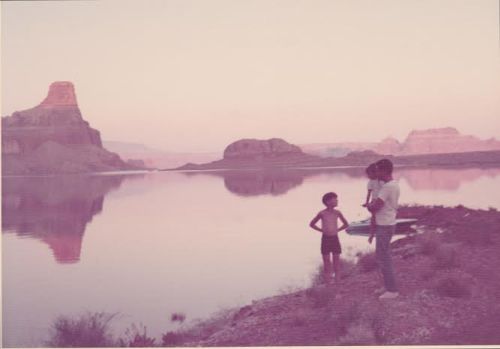
Lake Powell, 1972. I do have a mom; she’s our photographer.
While he no doubt prefers I’d shut the hell up, find a man, and stop this crazy nomadic behavior, Dad has long been supportive of my gadding about the world, and subsequent attempts to eke out a living writing about it. The Millers aren’t the most verbally communicative folk, and given my dad’s love of the written word (another trait we obviously share), I wanted to use this forum to publicly share my admiration of him, as well as give our friends and family a bit more insight into the man behind the elbow-length OB gloves.
I love you, Daddy. Get well soon.
Postscript, August 29, 2014:
One month to the day after my dad’s cardiac surgeries, he landed on the Big Island of Hawaii, where he conducted his seminars at the Hawaii Horse Expo. As I write, he and my mom are enjoying a much-deserved rest on Maui. Their 58th wedding anniversary is September 16.
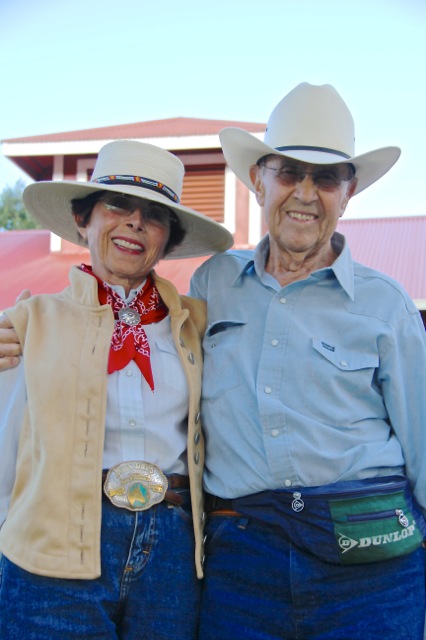
Big Island, August, 2014
